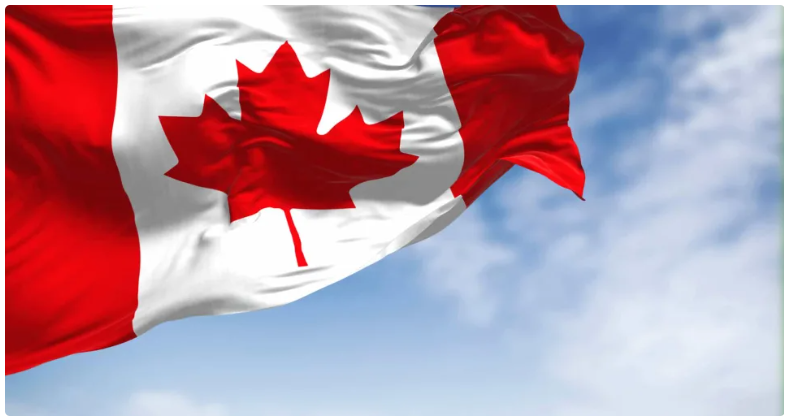Canada’s financial landscape in 2025 has been marked by shifting global dynamics, domestic policy adjustments, and signals of cautious optimism among market watchers. As the country navigates a world shaped by heightened international trade tensions and evolving monetary policy, several trends and updates stand out for investors, businesses, and households alike.
Lower interest rates continue to define the Canadian financial narrative this year. Monetary authorities have eased the burden on mortgage holders as a significant wave of mortgage renewals approaches: about 60% of outstanding mortgages in Canada are due for renewal in either 2025 or 2026. This reduction in rates has offered much-needed relief for many households, fostering a semblance of stability in the housing sector despite broader economic challenges.
A noticeable theme in 2025 is the volatility stirred up by global trade policy, especially after major shifts in US governance earlier this year. Trade tariffs have risen sharply since January, injecting unpredictability into the business climate. Whether these new tariffs continue or evolve, the uncertainty surrounding them has had ripple effects across Canadian industry and commerce.
The Bank of Canada’s recent assessments stress that, under severe and prolonged trade conflicts, the economy could undergo substantial stress. Scenarios projected by central bankers include possible recessions and temporary spikes in inflation above 3 percent, driven by weak export demand and heightened financial stress among borrowers. Even so, Canada’s major banks are considered resilient enough to support the economy during downturns, providing liquidity to markets and sustaining credit flows.
For businesses, the mood has been mixed but leans toward cautious optimism. Surveys of Canadian business leaders indicate that, while pessimism remains regarding sales outlooks, there has been recent improvement—particularly among exporters who have so far experienced limited direct impact from tariffs. Most firms are holding steady on staffing and investment plans, focusing on maintaining current operations rather than expansion. Cost increases due to tariffs are being felt, but weak demand and competitive pressures are limiting the ability to pass those costs on to consumers.
On the international trade front, July brought encouraging news: Canada’s trade in services swung from a modest deficit in June to a surplus in July. This improvement highlights the adaptability and resilience of Canada’s service sector as it navigates both domestic challenges and global unpredictability.
Inflation expectations among businesses have stabilized, returning to levels seen in late 2024. While cost pressures remain a concern, the most acute fears around runaway inflation or deep contraction have cooled. Instead, risk management, efficiency, and a focus on core markets describe the prevailing ethos in boardrooms and on trading floors.
In the months ahead, Canada’s financial trajectory will largely hinge on further developments in global trade policy, domestic monetary adjustments, and the ability of businesses and consumers to navigate uncertain but improving economic conditions. For observers and participants, vigilance and flexibility remain the watchwords as 2025’s narrative unfolds.
Also Read – https://stockkey.ca/best-canadian-stocks-to-hold-forever/
Sign Up For our Newsletters to get latest updates







